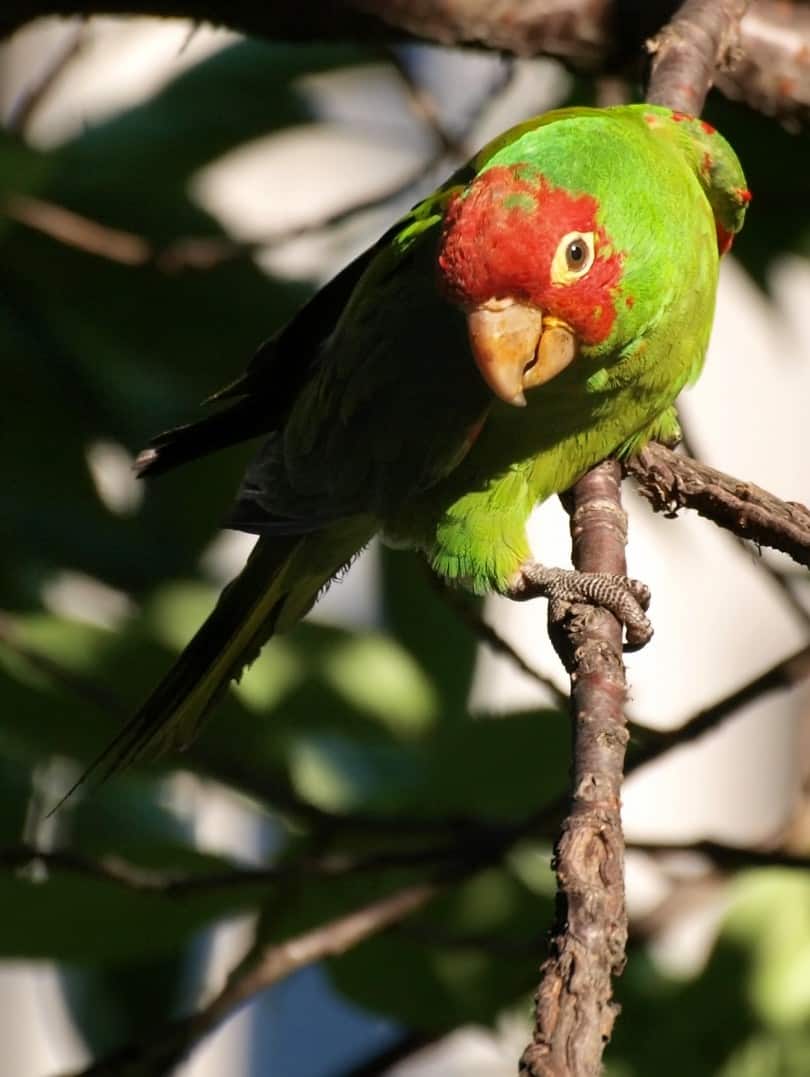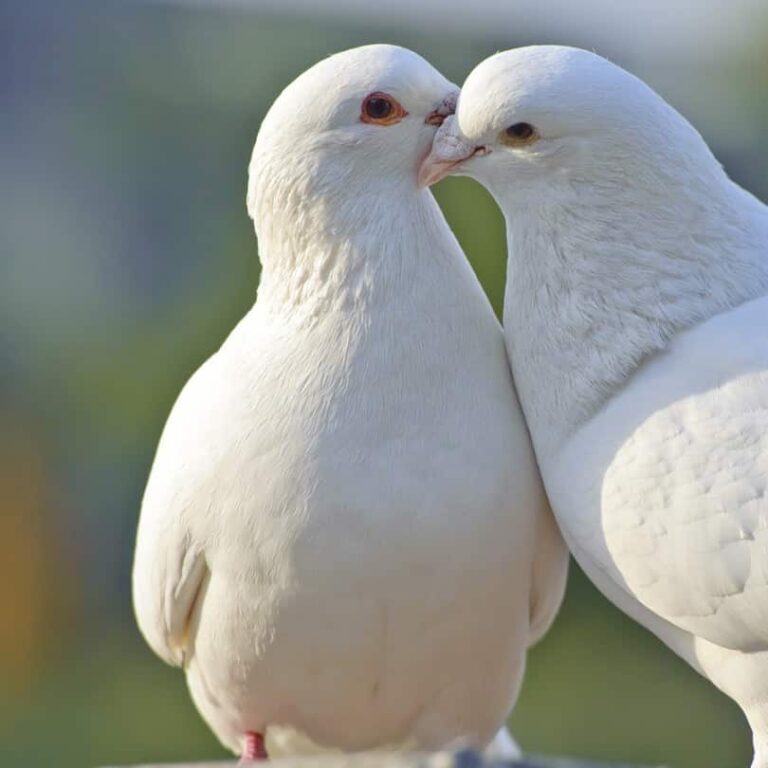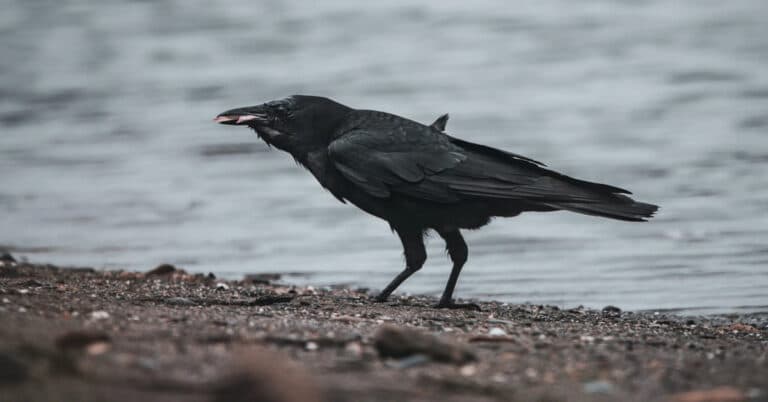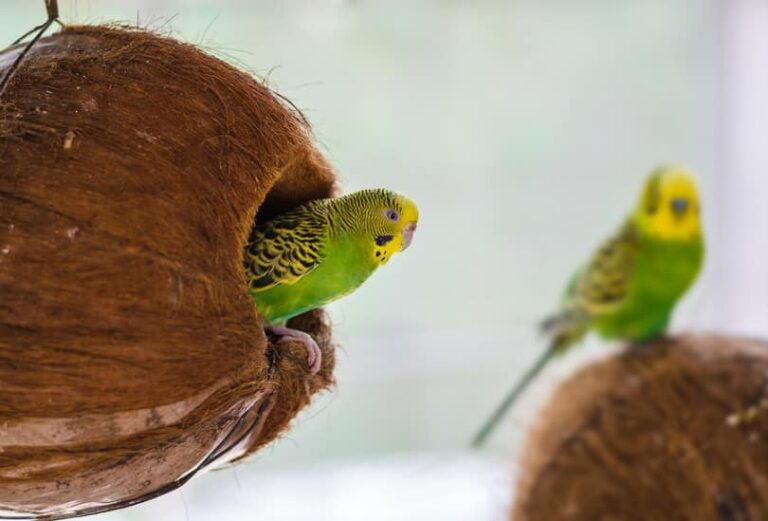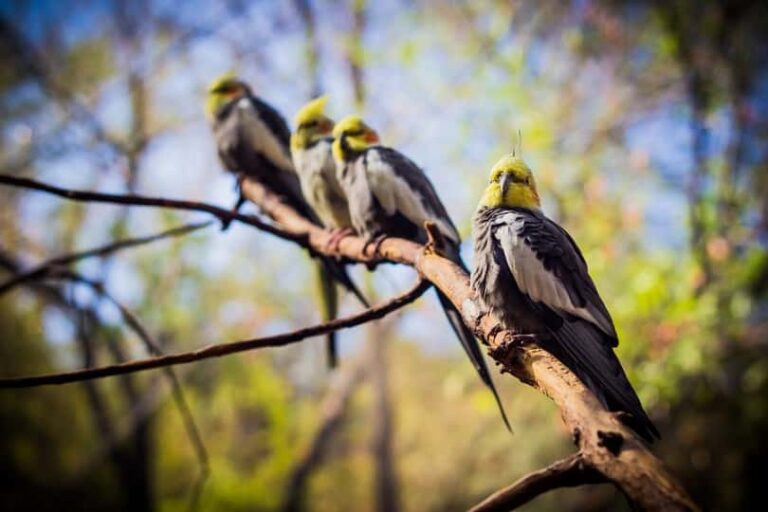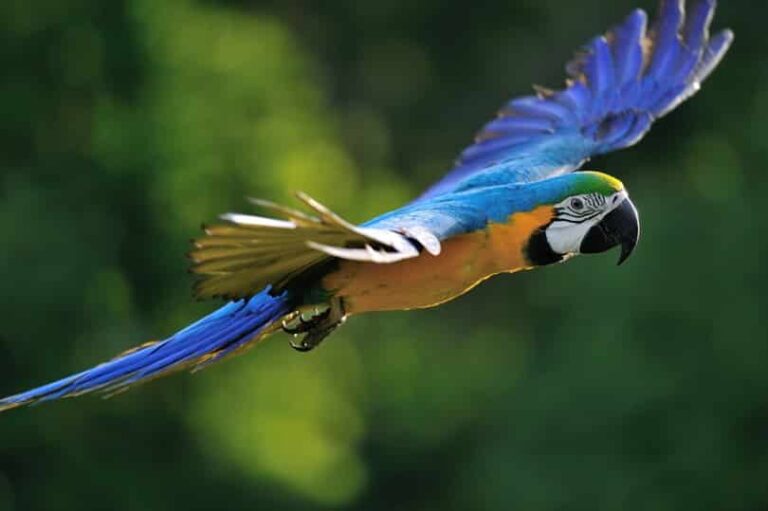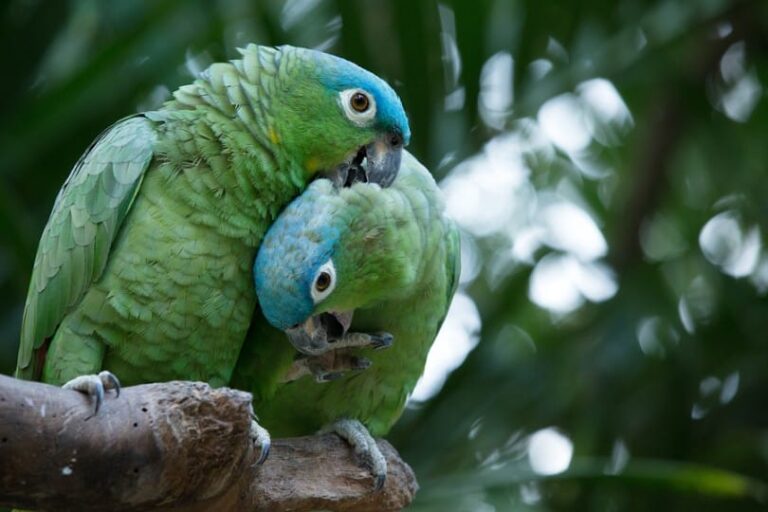Conure
Conures, belonging to the subfamily Arinae, generally consist of small to medium size of parrots from the New World group. This subfamily consists of parrots from many different genera that differ in size and appearance. The largest Conure ever found is the Patagonian Conure. They are a very commonly preferred pet due to their size and attractive appearance. The life expectancy is around 15 years.
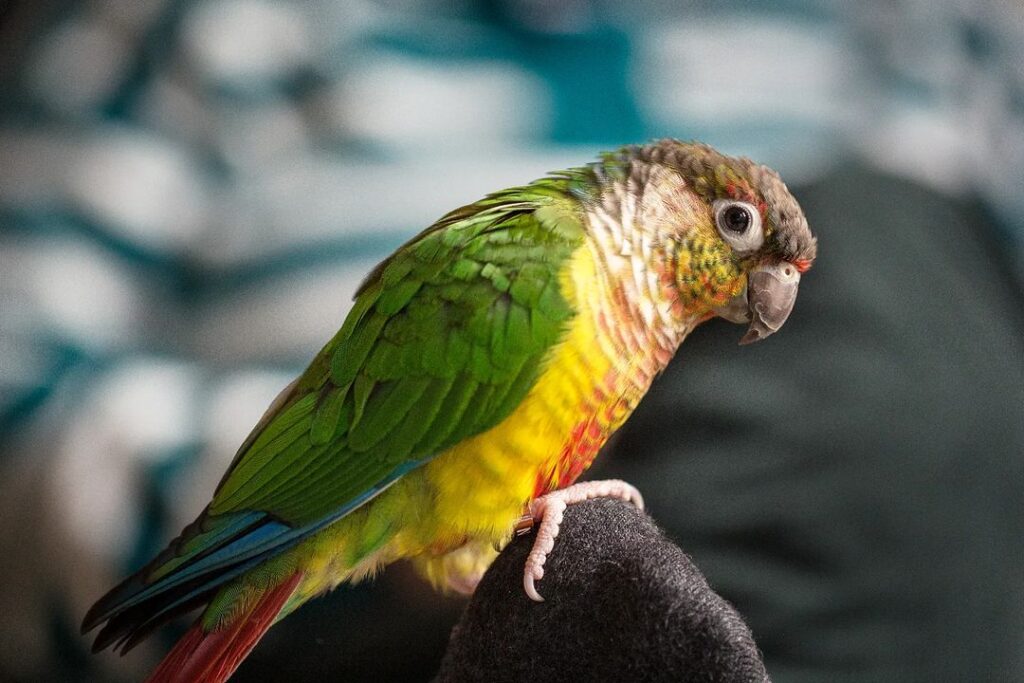
Description
Conures come in varied sizes and structures. The largest species grow about 19 inches, whereas the smallest species grow only about 9 inches in length. Similarly Conures are also available in a variety of colors like yellow, green, white, brown, red and orange. Their body is slender with tapered tails. The tail is also different in different species; some have long and slender tails, whereas some tails are short, tapering and narrow towards the end. Their beak is usually very broad and heavy that is either horn or black shaded, and they all possess a broad cere near the base part of the beak. The eye rings are clearly defined, and the female bird has a narrow eye ring compared to the male bird. Corners are singing birds, yet they have a harsher voice than the gentle chirp usually found in other birds.
Habitat
Almost all types of Conures are found in the Western Hemisphere. They are either large parakeets or small parrots that can be commonly seen in the Southern and Central American regions.
Breeding
In the wild, like the other parakeets, they also breed in the cavities or hollows present in the trees, but at home, you can provide them with suitable nest boxes. The box should be bedded with peat, pine shavings or any other soft stuff. A nest box made out of metal is recommended as these creatures often chew the cage made out of wood. Some species like Pyrrhura and Aratinga can be provided with a 30 x 30 x 30 cm nest box. The suitable humidity for breeding is around 50-55 degrees. There is no specific breeding season for the captive Conures. The female bird lays an egg every alternate day till the clutch has 3 to 8 eggs. The female bird incubates the eggs for around 27 days. Till the period of 50 days, the parents take care of the young ones after which, they fly independently and leave the nest.
Types of Conure
The Conure species consist of more than 40 different types of birds. Each one has different characteristics and a different appearance. Not all, but few of them are commonly considered as pet birds. These types can be classified into two groups, namely, Pyrrhura and Aratinga. The Conure from the Pyrrhura group are commonly kept as pets, because they are more beautiful than the latter.. These types are less aggressive and less loud than the Aratinga group of Conures.
Some of the types of Conure are:
- Blue-crowned Conure
These birds are small parrots that have a blue colored head, ear coverts and cheeks, and in addition, the plumage is green in color. They attain a height of 37 cm and weigh around 190 g.
- Austral Conure
This bird is also known as Magellan Conure. It is a green colored parrot with a pale red eye stripe and a red forehead. The maximum height of this type is 37 cm and they weigh around 139 g.
Dusky Conure
These parrots are also called as Weddell’s Conure, and they have a green colored body with a grayish-brown head. The maximum height is 11 inches, and the weight is approximately 116 g.
Golden-capped Conure
These birds have predominantly a green colored plumage, and their crown is either red or yellow in color. They grow up to 30cm and weigh about 150 g.
Green-cheeked Conure
These birds are endemic to Bolivia. They have a green body with blue colored primary feathers. They grow up to 26.2 cm and attain a weight of 60 to 80 g.
Jenday Conure
These birds are very colorful. The breast part is golden yellow shade and the abdomen portion is bright red color. The wings and the tail are green in color. It grows up to 30 cm and attains a weight of 125 to 142 g.
Mitred Conure
These birds are endemic to southern and central Peru and Bolivia. They are green shaded in the upper part and the lower portion is more yellow. The size of these birds is 38 cm length and 244 g weight.
Nanday Conure
These birds are also referred to as Black-hooded Parakeet. These birds have black colored head, throat and cheek. The feet are red and the remaining body is green. It grows up to 12 inches in length and weighs around 147 g.
Peach-fronted Conure
These birds have a grayish-green colored back, and their breast is olive green shade. It grows about 25cm in height and 105g in weight.
Red-masked Conure
These birds are beautiful and have a bright green plumage. Their under side is more yellowish shade, and the whole head is red in color. It grows up to 13 inches in length and 165 g in weight.
White-eyed Conure
These birds are native to Southern America. It has red feathers on the head and the body is green colored. They grow up to 32cm, and attain a weight of approximately 250 g.
Conure Birds at Home
Bird Cages
Like all the other pets, they too prefer a roomy and spacious cage. The suitable size of the cage is 24 x 16 x 20 inch for smaller parrots and 44 x 26 x 40 inch for the large parakeet types. These birds are very active and keep on climbing or flying inside, hence there should be horizontal bars to climb and enough space to flap their wings. Placing few perches and a swing will fascinate these creatures.
Food
The food for Conure available in the market includes seed diet and formulated diet. A parrot mix can also be provided that consist of both the pellet and seed diet. A pellet diet is suitable for these birds, as it contains all the essential nutrients except the ones found in the vegetables and fruits. The seed diet is essential, but providing it alone cannot provide all the nutrients for these birds. Hence the regular supply of fruits and vegetables is a must. Fresh water should also be provided on a daily basis.
Care
Conures are very social and energetic birds that always seek attention. They must be provided enough care and time. Take them out of their cage regularly for some time. Keep them away from other pets like cats and dogs, as their saliva is enough to kill these pretty birds. Give them healthy food and a clean environment.
Some Fun Facts about Conures
- The Cruiser Monk Parakeet, though, actually a Conure is categorized differently because of some of its special traits.
- Though these birds are considered the jungle type, they are known to colonize cities like San Francisco
- The mischievous parrot in the movie, “Paulie,” was actually a Conure
- Conures are good for learning only about 5 words on an average, though there may be some exceptions
- Some specialists cross-breed the Conures with fantastic color variations
- Conures have a piece demand ranging from $100 to $5000 for the mutation varieties

Having discovered a fondness for insects while pursuing her degree in Biology, Randi Jones was quite bugged to know that people usually dismissed these little creatures as “creepy-crawlies”.

